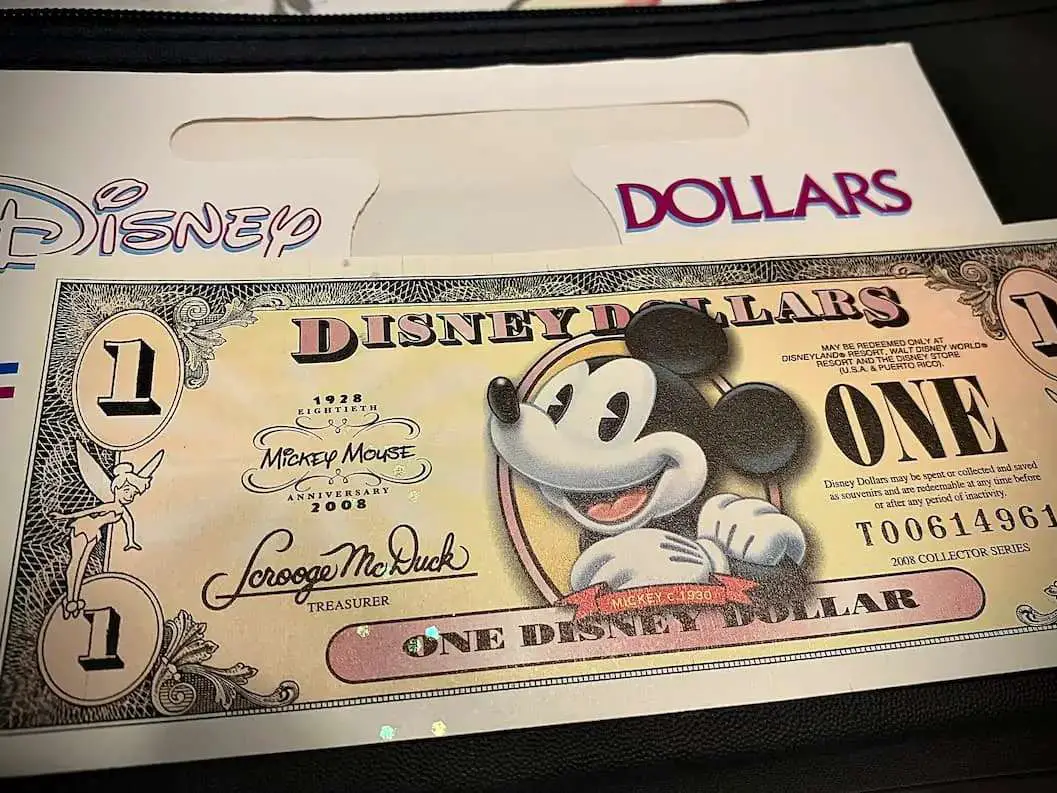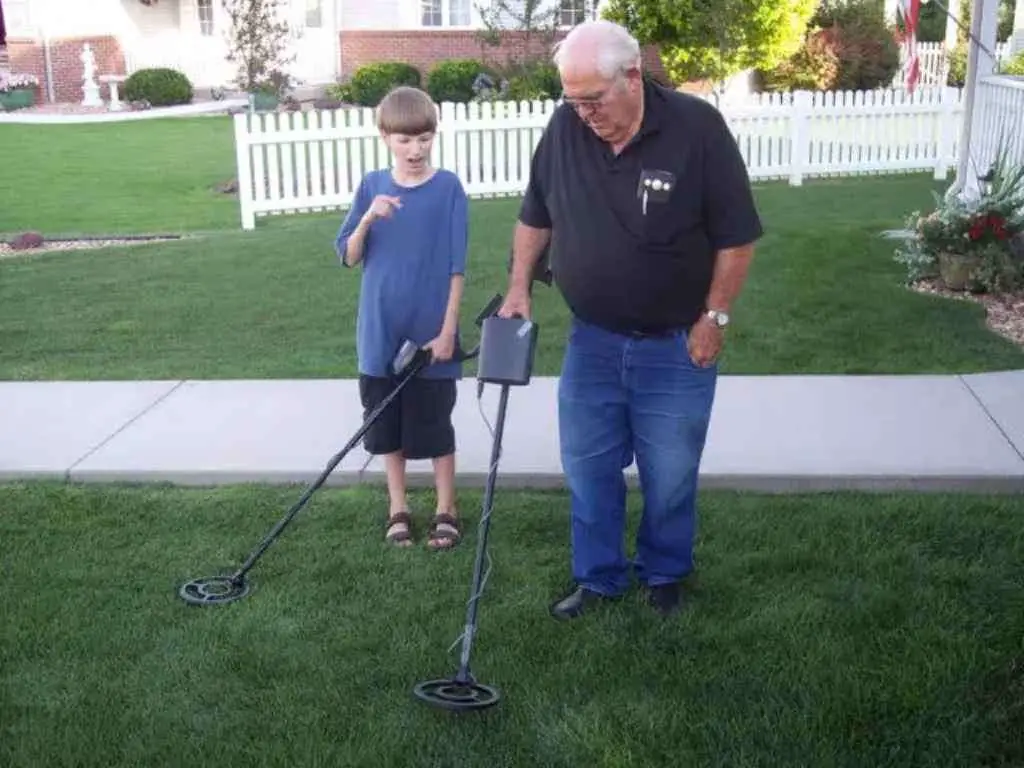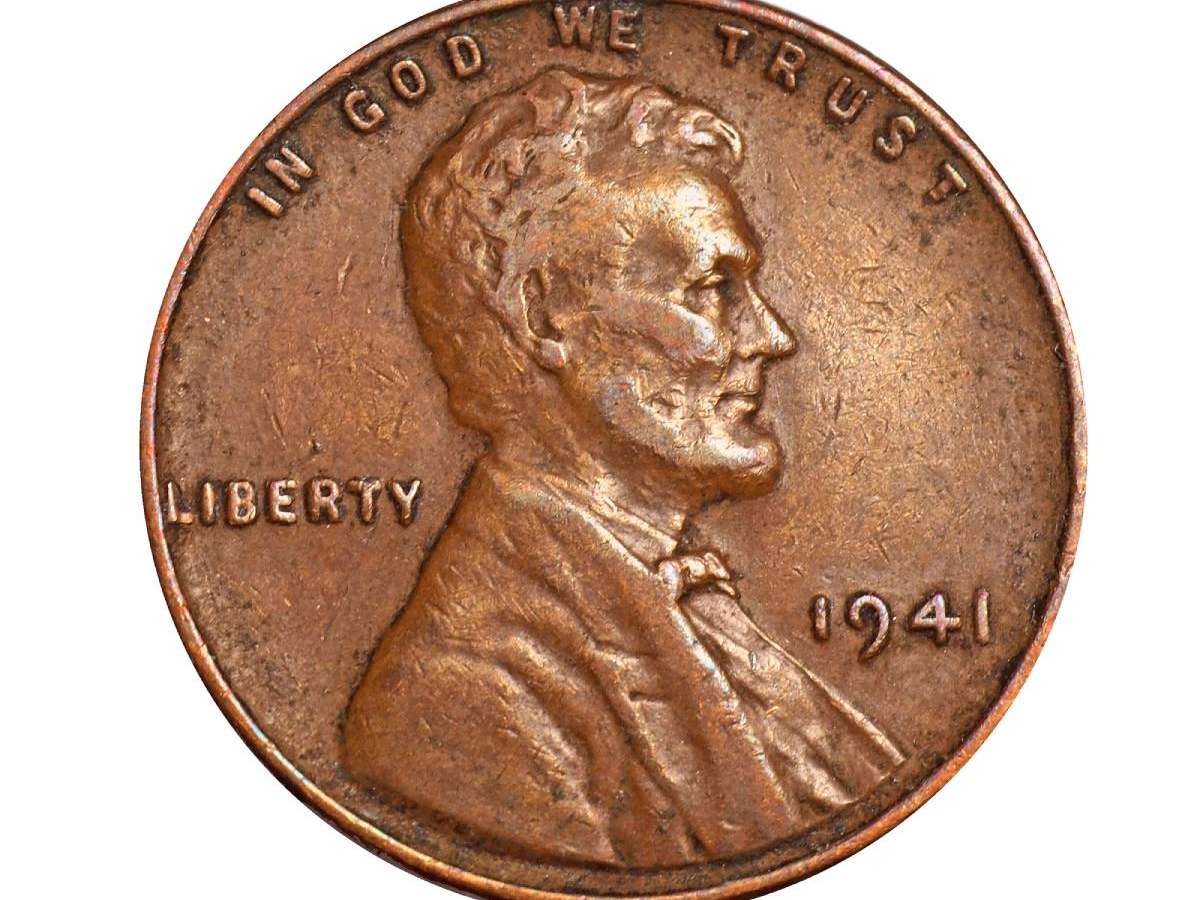Find Coin Prices & Values
I’ve been writing about valuable coins for nearly two decades here at The Fun Times Guide to Coins.
And for all these years I’ve also served as the site’s moderator and resident coin expert, answering questions from readers just like you.

Having replied to more than 4,500 reader inquiries (so far!), I’ve noticed a pretty strong trend among all the questions I’ve answered. Just about everybody wants to know, “What are my coins worth?”
I love these types of questions — because it’s always great to learn what fellow coin collectors are finding in their pocket change, or tucked away in boxes, or stashed away in old change jars at home.
In answering these questions, I also have the opportunity to educate many readers about their coins and hopefully inspire people to keep checking their change for old and rare coins.
Of course, not every coin you find in spare change is valuable. In fact, of the U.S. coins circulating today, most are worth only face value. But there are many coins in circulation that are worth much more than face value!

And, of course, a large number of heirloom coins (the kinds that are passed down through the generations) are oftentimes worth a whole bunch of money.
Nothing makes me happier in this line of work than when I get to tell readers that their old coins are worth $100, $300, or $500. I’ve even helped some discover that their coins are worth $1,000 or more! (These are values that have been verified, by the way, during follow-up visits with their local coin dealers.)
My point here? Please keep asking me your coin questions — because you may be lucky and have some valuable coins on your hands, too!
Here’s how you can find out for yourself if you have any valuable coins…
Where To Find Current Coin Prices
There are many great online coin price guides and reference guides that will help you determine the value of your coins.
I’ve written quite a few coin guides myself that provide up-to-date lists of coin values. I like to include values for circulated coins that are showing signs of wear, as well as uncirculated coins that are in pristine condition.
Circulated coins are the ones that most people (especially non-collectors) usually have. Collectors primarily seek out — and build collections around — coins that are in nicer grades and uncirculated condition. (Such coins are much harder to find “in the wild,” more expensive to obtain for your own collection, and they are worth the higher figures in the coin price guides.)
Here are a few of my coin price guides that you might find helpful:
- Most Valuable Pennies – Each of these 43 pennies that you can find in circulation is worth at least $1 each. (The top 100 pennies that made this list are worth $100 or more apiece!!!)
- Most Valuable Nickels – There are plenty of silver nickels, Buffalo nickels, and other interesting 5-cent pieces that are worth at least 20 cents each.
- Most Valuable Dimes – These old dimes that you can still find in spare change today are all worth $1 or more apiece.
- Most Valuable Quarters – If you find any of these old quarters in your pocket change, they’re worth at least $1 each.
- Most Valuable Half Dollars – Many half dollars made before 1971 are worth a lot of money. Here’s a list of half dollars valued at $3 or more.
- Most Valuable Silver Dollars – It’s hard to find silver dollars in circulation these days, which is why many of them are worth more than face value. These silver dollar coins are all valued at $15 or more!
- Most Valuable Coins By Series – Start here if you happen to have a bunch of a certain type of coin (like Wheat pennies, Indian Head pennies, Buffalo nickels, Jefferson nickels, Mercury dimes, Roosevelt dimes, Standing Liberty quarters, Washington quarters, Franklin half dollars, Kennedy half dollars, Morgan silver dollars, or Peace silver dollars).
Of course, there are other great coin price guides that are maintained by professional coin graders and coin appraisers, as well. These are available for free online.
These people value coins for a living. In fact, most have been doing so for many decades. They’re the ones who are most familiar with all of the nuances associated with any given coin — its year, the mint that made it, its mintage numbers (and survival numbers), its precious metal content, how popular the coin is among collectors, demand for this coin, any errors to look for on the coin that would boost its value, etc. Basically, all of the things that go into determining a coin’s rarity… and value.
These online coin price guides are my favorites:
- Professional Coin Grading Service Coin Price Guide
- Numismatic Guaranty Corporation Price Guide
- Heritage Auctions Coin Price Guide
If you’re like me and enjoy reading actual coin books (you know — the kind you can buy at a bookstore), then you’re in luck! There are many wonderful coin books, as well as coin magazines, that provide insight on coin values and other coin pricing information.
These are the best coin price books and magazines on the market today:
- A Guide Book of United States Coins
- Handbook of United States Coins
- The Official Blackbook Price Guide to United States Coins
- COINage (magazine)
- Coin World (magazine)
- Coin Dealer Newsletter
How To Get A Coin Appraised
The coin price guides that I’ve listed above only give you “approximate values” for all U.S. coins.
It’s not until a professional coin expert sees your coin in person and examines it under a microscope that its true grade (or condition) can be determined. And grade is just one of the 5 factors that are used to determine a coin’s value.
So if you want to get any of your coins professionally appraised (or authenticated), that will require a little extra legwork on your part.
The easiest way to find out what your coins are really worth is to find a coin dealer near you — and then take your coins there for an honest evaluation in person.
Or you could mail your coins to a third-party grading service. (It’s not as scary as it sounds. I’ve done it.) They safely and thoroughly evaluate your coins based on the 5 factors mentioned above — which is something that only a professional who is physically holding your coin (in properly gloved hands!) can do.
What You Need To Know About Coin Values…

I think a lot of people get discouraged when they learn their old silver dollars are worth only $10 to $20. Or that the wheat pennies they’ve found in pocket change have a value of just 3 to 5 cents each.
Here are some important things to remember about coin values:
- The fact that a coin is old doesn’t necessarily mean it’s worth a lot of money. (Remember the “5 factors” I mentioned above?)
- If you clean your coins, even just a bit, you’re going to cut the value of your coins in half — or more. Period. No ifs, ands, or buts. Coin collectors don’t like cleaned coins, and you’re doing no favors by brightening them up so “they look pretty and new.” That’s just the way it is.
- Chances are, if you find an old coin in a piece of jewelry, its value will be diminished because of the damage caused to the coin when inserting it into the setting.
- Be careful about getting your hopes up with any really old coins that you find. Many are real, but some old coins that people find are fake. Therefore, please post photos of the old coins you find when asking me questions about them here — so I can help you determine if they are counterfeit or the “Real McCoy”!
- If you find an old wheat penny from the 1930s, 1940s, or 1950s, it’s probably worth less than 10 cents. Some, however, are worth considerably more.
- Most silver dollars dated from the 1880s through 1930s that you’ll happen upon are worth somewhere between $15 and $20 when silver bullion prices are under $20 per ounce. But, yes, some silver dollars are worth much more.
- If you find a 2-headed coin, there’s a 99.9% chance it’s a piece that was altered for use by illusionists, made by a peddler, or enjoyed by a gagster who likes winning bar bets. These coins have no numismatic value.
Other Coin Price Guides To Consider
The price guides that I listed above are the best of the best, in my opinion. But there are others.
You might find these coin price guides helpful in the event that you’re mostly dealing with foreign coins, silver coins, or gold coins:
I’m the Coin Editor here at TheFunTimesGuide. My love for coins began when I was 11 years old. I primarily collect and study U.S. coins produced during the 20th century.
I’m a member of the American Numismatic Association (ANA) and the Numismatic Literary Guild (NLG) and have won multiple awards from the NLG for my work as a coin journalist. I’m also the editor at the Florida United Numismatists Club (FUN Topics magazine), and author of Images of America: The United States Mint in Philadelphia (a book that explores the colorful history of the Philadelphia Mint). I’ve contributed hundreds of articles for various coin publications including COINage, The Numismatist, Numismatic News, Coin Dealer Newsletter, Coin Values, and CoinWeek.
I’ve authored nearly 1,000 articles here at The Fun Times Guide to Coins (many of them with over 50K shares), and I welcome your coin questions in the comments below!





